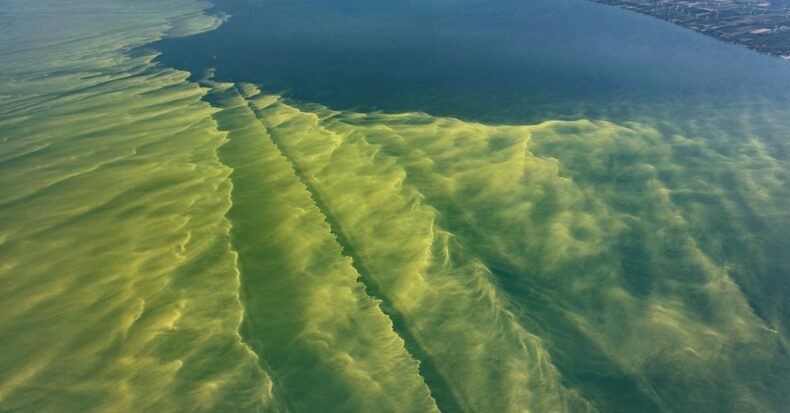According to some investigators, toxic algae bloom is suspected to be the reason behind the deaths of a Californian couple, their baby and a family dog when they’d gone out a remote hiking trail.
The corpses were recovered from the Sierra National Forest. The site is currently being treated as a hazmat site due to the likely presence of potentially toxic gases from old mines nearby.
The deaths were reported on Monday, and the hazmat proclamation was subsequently lifted on Saturday after there was no concrete evidence to support the hypothesis of any gaseous or particulate toxicity.
A spokesperson for the county sheriff, Kristine Michelle, reportedly told the Associated Press that it was a very “unusual” and uncanny situation as there were “no clear signs of trauma” or any indication or allusion to suicide.
The bodies have been transported to the coroner’s office for toxicology scans, preliminary analysis and report, which would probably shed some light on the matter.
The U.S. Forest Service’s Twitter handle had forewarned people from venturing out to the Merced River in the Sierra National Forest as water testing had revealed a “high concentration of toxic algae blooms” in the water, which poses a threat both to humans and pets alike when they come in tactile contact.
What Are Toxic Algae Blooms?
More commonly also referred to as harmful algal bloom (HAB), toxic algae blooms are microbes thriving in natural waters, which significantly deplete the oxygen levels that are indispensable for marine and aquatic creatures to live. It also releases toxins that can prove to be lethal in sufficiently large concentrations.
Nandita Basu, PhD, an associate professor of ecohydrology and water sustainability at the University of Waterloo, explains that these can be formed when there’s an influx of excessive nutrients from land to water, resulting in eutrophication.
Eutrophication rakes in fixed nitrogen (nitrogen, ammonia and urea) and also phosphates. These nutrients are readily available in the soil when humans enrich the yield of plantations and crops by utilizing fertilizers.
Sometimes the crop doesn’t absorb them beyond a certain threshold, and following a runoff, it may eventually end up in waters.
These nutrients typically cause the birth of algae blooms in such waters, which may or may not pan out to be toxic. It is, however, still not clear why they might or might not be harmful, Mrs Basu added.
Harmful Effects
Even though the effect on livestock and pets dying from exposure to these algae blooms is quite well-known, its pernicious impact on humans was unheard of.
According to National Centres for Coastal Ocean Science, the primary symptom that was earlier recorded comprised gastrointestinal upset, engendering from liver toxins known as microcystins.
As per information conveyed by the CDC, other symptoms that were observed include stomach pain, vomiting, diarrhoea, headache or migraine, dizziness, eye/skin/throat irritation, among others.
The CDC has issued advisories instructing people to steer clear of algae-infested waters lest they contract any ailment or disease from prolonged exposure.













